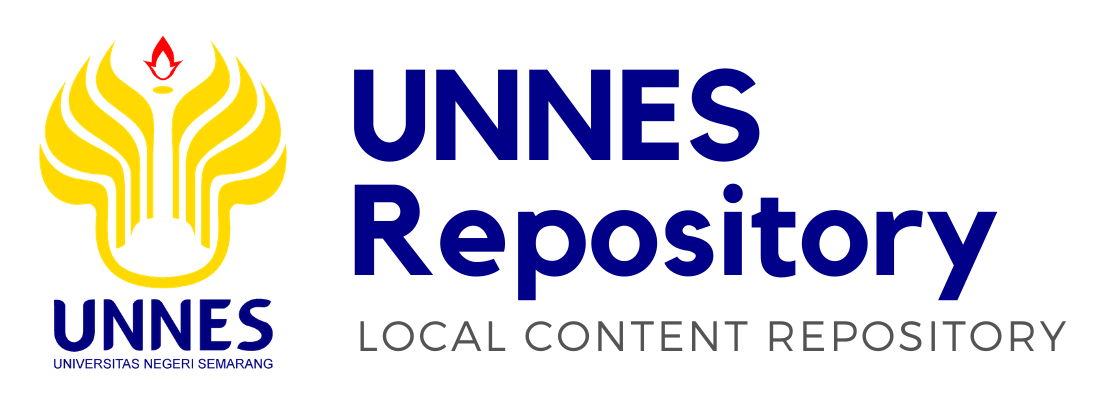EKSISTENSI INDUSTRI GENTENG SOKKA DESA KEDAWUNG KEBUMEN TAHUN 1980-1997
Witari Rani Rahajeng, 3111415010 (2022) EKSISTENSI INDUSTRI GENTENG SOKKA DESA KEDAWUNG KEBUMEN TAHUN 1980-1997. Under Graduates thesis, Universitas Negeri Semarang.
|
PDF
- Published Version
Restricted to Repository staff only Download (6MB) | Request a copy |
Abstract
Sokka tile is a quality brand that is produced in Kedawung Village, Kebumen, which is already familiar to the general public. Sokka tiles have a long history under the occupation of the Dutch East Indies Government in carrying out health missions. Kebumen is one of the areas that has the potential for highquality land and has become a pioneer in the emergence of the roof tile industry. The tile was used to help the Dutch East Indies Government and the Kebumen Government with infrastructure development. Aboengamar, whose name was published in the Dutch-language newspaper Het Nieuws on August 29, 1917, was a native Sokka tile entrepreneur. He is said to have only continued his father's business, namely H. Ahmad's, and was able to expand on a large scale. The tile industry entrepreneurs were not only Aboengamar at that time, the Dutch East Indies government also had Mr. Schoon is the owner of Vereenidge Indische Tichelwerken, which is also located in Kebumen. The sokka tile industry continued to develop until it reached its peak period during the years 1980-1997. Developments began to grow in all aspects, such as technological modernization to transportation, and caused various impacts, both positive and negative. What is studied is (1) the history of the formation of the Sokka tile industry and (2) the development of the Sokka tile industry from 1980 to 1997. The method used is the historical method: (1) heuristic data collection in the form of statistical data, newspapers, archives, and interviews; (2) source criticism; (3) interpretation; and (4) historiography. The findings show that the development of the sokka tile industry in the 1980s-1997 was very large. starting with the increasing demand for clay raw materials in large quantities due to the proliferation of the sokka tile industry in the Kedawung Village area. Machine technology, which was originally limited to handmade and manual press machines, was later increased by the presence of a hydraulic press machine model. Changes in tile models that follow market demand Marketing distribution in the 1980s covered Central Java to Jakarta, but in the 1990s only received requests from the Central Java area because of the booming demand. Recruitment and job specifications in the 1990s became increasingly clear. And of course, developments in the transportation sector in the form of trucks and pick-ups that make it easier for producers and consumers to transport tiles and bricks.
| Item Type: | Thesis (Under Graduates) |
|---|---|
| Uncontrolled Keywords: | Industry, Genteng, Sokka, Aboengamar, Kedawung |
| Subjects: | H Social Sciences > HD Industries. Land use. Labor |
| Fakultas: | Fakultas Ilmu Sosial > Ilmu Sejarah, S1 |
| Depositing User: | Sri Wahyuningsih |
| Date Deposited: | 05 Jan 2023 08:05 |
| Last Modified: | 05 Jan 2023 08:05 |
| URI: | http://lib.unnes.ac.id/id/eprint/54696 |
Actions (login required)
 |
View Item |
